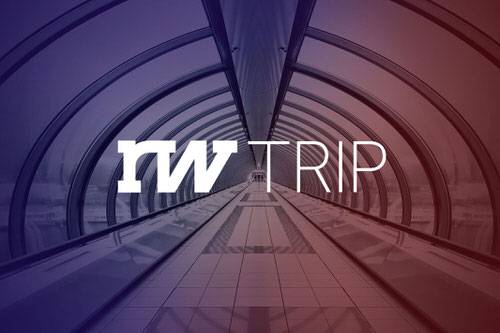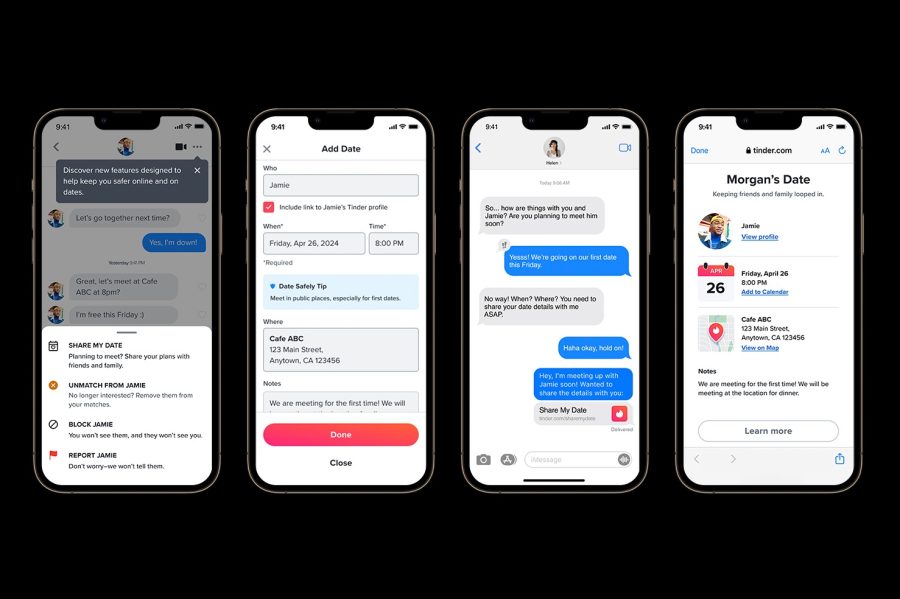
ReadWriteTrip is a series that chronicles the modern challenges of tech-savvy business travelers.
For the past 10 years I’ve traveled a minimum of 125,000 miles each year, staying over 75 nights each year in a hotel room. While it would be inaccurate to suggest that business travel has become delightful, in some key ways it has become better.
For example, international travel is faster thanks to Global Entry. Security is easier to navigate thanks to TSA Pre. And while luggage sizes have remained constant, far more fits into them than before.
Technology, not surprisingly, is cause for both celebration and frustration in all of these changes.
Staying Connected At 30,000 Feet
Even five years ago, it was hard to stay productive on long-haul flights, both because laptop battery life was minimal and in-flight Wi-Fi didn’t exist. This had upsides and downsides. On the one hand, once my laptop battery died I was free to read. But on the other, it meant that every flight was effectively a productivity dead zone.
No more.
See also: Wi-Fi Above 10,000 Feet: Which Airlines Provide The Best Connection?
Today Wi-Fi is becoming standard on air travel. While coverage varies from airline to airline, the network on my preferred airline, Delta, is exceptional. I no longer have an excuse not to be online while I fly. Alas.
Now that you can stay connected on a long flight, we now expect that laptop batteries will last, too. But even if you’re still lugging around an old-model Dell that can’t go more than two hours without topping up on power, airlines have also added in-flight power outlets. Again, availability varies from airline to airline and even plane to plane. Figuring that out used to be maddening, until tech came to the rescue again: You can figure out where to get power on SeatGuru, which uses comments from travelers like me as well as its own research to maintain up-to-date information about seat layouts.
Airline And Hotel Monogamy Pays Off … Sort Of
Often your choice in airline and hotel will be made for you, through your location or employer or both. If you live in a United hub city like San Francisco, you’re likely stuck flying United. (I’m truly sorry.) But you do want to centralize your flights on one carrier, or one airline alliance if you’re flying internationally. Ditto for hotels.
Why? Because it’s your only hope of being treated like a human being. I get upgraded on 90% of my domestic flights (Delta) and 100% of my hotel stays (Marriott). And many airlines and hotels have added perks that relate directly to your trips, like a waiver of fees for checked bags or hotel Wi-Fi.
Upgrades, not points, should be your motivator. The points are nice, mind you. I’ve paid for five honeymoons for my wife’s five sisters using points, as well as several personal vacations. But it’s getting harder and harder to actually use points.
This is the one big problem with loyalty programs: It has become so easy to earn points through things other than flying (e.g., branded credit cards) that loyalty points are far less valuable today than they used to be 10 years ago. The consolidation of airlines, and along with them their loyalty programs, hasn’t helped: More fliers are now competing for awards and status.
If this is new to you, check out The Points Guy’s beginner’s guide—and consolidate, consolidate, consolidate.
The More Things Change
Which brings me to the things that have gotten worse or stayed the same over the years.
International voice and data roaming remain incredibly expensive. I pay $60 per month for 300 megabytes of global data and another $60 each month to be able to text freely while abroad (up to 600 SMS messages). This on top of my domestic data/voice plans. One Google Maps session while walking through London can chew up a significant chunk of that data limit so I tend to use cellular data only as a last resort while traveling abroad.
This is slowly changing: T-Mobile now has an “unlimited” international text-and-data plan, though you have to read the fine print: Only 1 gigabyte of data is included at full speed. I’ve been reluctant to switch carriers, though.
First-class service on all U.S. airlines has depreciated significantly in the last 10 years. Back in the early days of Pan Am, first class was truly first class. Now it’s simply enhanced coach. Yes, we have lay-flat seats on international or transcontinental flights, but the overall experience—especially on domestic routes—is weak.
Even things like TSA Pre, which lets travelers go back to the halcyon days of not having to remove shoes from feet or laptops from bags at airport security, are quickly getting worse. While initially reserved only for serious frequent fliers or those in the Global Entry program, the TSA has opened it up to many others, making TSA Pre lines as slow as other lines. You’d think technology could be deployed to better screen passengers, but that doesn’t seem to be happening.
If I had to sum it up, I’d say that the things you can control about business travel—what you pack and how much it weighs—have gotten better. The things you can’t control, like airline loyalty programs or airport security, have gotten both better and worse.
The only thing you can truly control is the gear you put in your bag, so optimize for that. Look for more tips on that in an upcoming installment of ReadWriteTrip.
Photo by Dan Paluska










